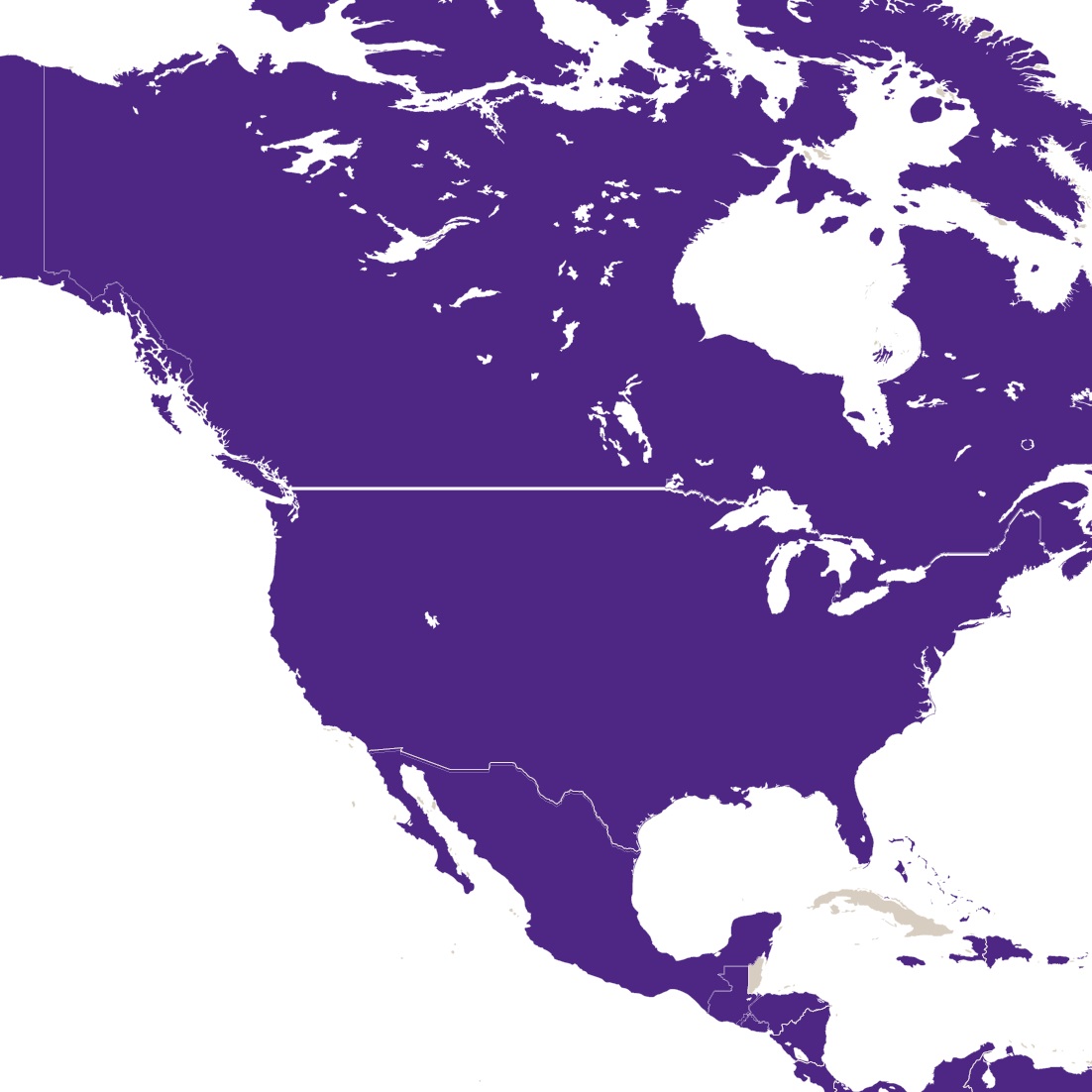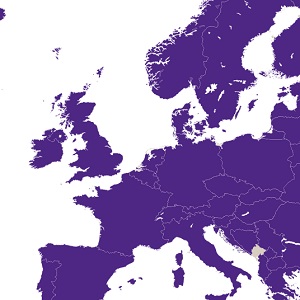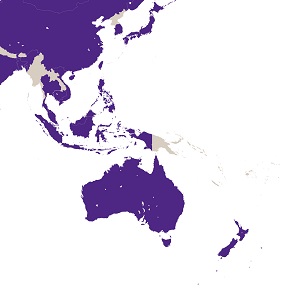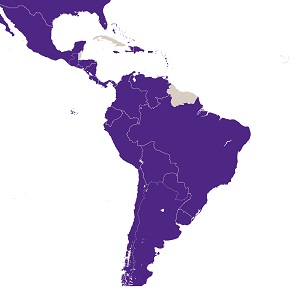Services
The professional business consultants of Grant Thornton provide you with complete Advisory services to help create, protect and transform value today, so you...
-
Deals Services
The financial advisors of Grant Thornton offer customized solutions to their clients through personalized methods and services.
-
Technology
Our goal is to redefine how clients do business. With expertise in digital strategy, AI, data insights, and automation, we create personalized solutions to enhance productivity and drive innovation.
-
Strategy and Investments
The Strategy and Investments department supports businesses at strategic, operational and financial level.
Related insights:


ARTICLE
Cyber Resilience and businesses
The rapid development of technology, its direct impact on the operation of businesses and the easier than ever access to large amounts of information over the internet have made it necessary to establish rules and practices that are able to enhance the resilience of businesses to cyber risks, provide the confidentiality, integrity and availability of data, and achieve privacy and personal protection Data.
In Grant Thornton we provide comprehensive assurance services based on a deep understanding of your operations and our adaptability.
-
Audit Services
The dedicated staff of Grant Thornton provide you with audit services such as financial statements for your business by using the HORIZON methodology.
-
Business Growth Advisory
At Grant Thornton, we recognize the need to align financial data with regulatory change, as well as the requirement for accurate financial data and consulting services.
-
Environmental, Social, Governance, Risk & Compliance
In the current business and regulatory environment, businesses aspire to meet today's requirements effectively, and to create value on sustainable terms.
Related insights:


IFRS Accounting Standards Quarterly Navigator
Your Financial Reporting Roadmap | April 2025
The current quarterly edition of Grant Thornton Greece publication “IFRS Accounting Standards Quarterly Navigator: Your Financial Reporting Roadmap” is addressed to all businesses preparing Financial Statements in accordance with International Financial Reporting Standards (IFRS).
Grant Thornton offers the technical ability to handle complex tax issues with a team oriented to this service by offering tailor-made solutions.
-
Corporate Taxation
Grant Thornton's tax professionals offer Corporate Taxation Services to provide advice and solutions to any issues your business may have.
-
Corporate tax compliance
The Grant Thornton corporate tax compliance specilaists possess long experience in both multinationals and Greek companies in all business sectors.
-
International tax services
Grant Thornton supports all businesses operating at the European and international level with advice on international tax matters.
-
Transfer pricing
Grant Thornton offers comprehensive pricing policy planning and tax audit support for domestic, multinational and corporate tax executives.
-
Tax Controversy
Grant Thornton provides tax audit and risk services because tax disputes are unavoidable in numerous businesses.
-
Private Client Services
In case you are an individual, Grant Thornton provides services like tax returns, transfer of wealth to future generations and expatriate taxation services
-
Indirect taxes
Learn more from Grant Thornton about our services for indirect taxes such as real estate taxes, customs, VAT and stamp duties.
-
Tax restructuring
Grant Thornton provides tax advisory services to companies undergoing tax restructuring or a change in their strategic direction.
-
Diagnostic Tax Review
Diagnostic tax review is a tax service offered by Grant Thornton to assist your organisation in identifying and assessing potential tax exposures.
-
Tax efficient supply chain planning
Get informed about tax efficient supply chain planning and how to improve your company's productivity model by reorganizing your productivity activities.
-
Global mobility strategy
In a globalized world, businesses must work seamlessly across borders. Organizations operate in multiple countries and view international expansion as a strategic objective.
Related insights:


TAX
Greece’s 2025 Tax reform: Major changes to Family Offices and Non-Dom regime
A new draft tax bill in Greece suggests updates to the Family Office framework and the Non-Dom regime, with consultation open until July 8, 2025.
Our Business Process Outsourcing services remove the burden and worry of back-office processes and reporting requirements across multiple jurisdictions.
-
Accounting & Tax Compliance Services
Transferring non-core, yet important, activities outside the company and assigning them to specialists - external partners (Business Process Outsourcing) is the best practice applied by companies seeking to maximize efficiency and cut costs.
-
HR & Payroll services
Grant Thornton provides specialized services in payroll management and human resources management for any type of company.
Related insights:
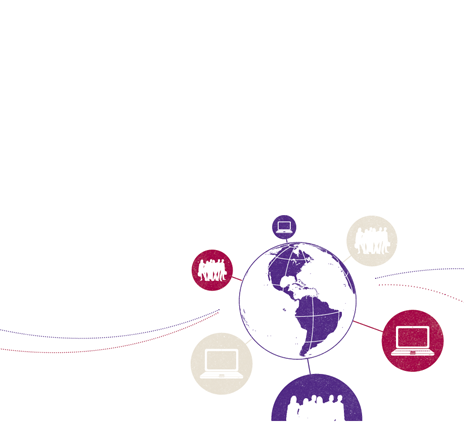

IBR
Outsourcing: driving efficiency and growth for businesses
Outsourcing: driving efficiency and growth
Learn more about the financial services offered by Grant Thornton to all institutions according to their needs on assurance, compliance and advisory.
-
Banking
Grant Thornton has a dedicated financial services team that provides banking services such as tax and non-bank accountancy advisory services.
-
Insurance
Here you will find all the financial assurance services that Grant Thornton can offer to your company and the pillars that are included.
-
Asset management
In Grant Thornton, asset management is a business approach that concerns assurance and control services and regulatory compliance services.
Our experienced teams advise companies across the full breadth of energy and resources including upstream and downstream and from conventional resource...
Grant Thornton supports public bodies and agencies in need of support to identify their objectives and achieve their goals.
-
Central Government
Grant Thornton provides services to central government agencies to respond immediately and effectively to the challenges that have arisen.
-
Public Corporations and Organizations
Grant Thornton supports Public Enterprises and Organizations to evaluate their operations and upgrade their services to meet current requirements.
-
Local Government
Grant Thornton and its qualified employees offers audit and consulting services to support local government challenges.
-
NSRF Managing Authorities and Special Services
Grant Thornton's specialized team of executives provides Technical Assistance services for the programs managed by Special Services.
-
Public Health Services
Grant Thornton includes experienced professionals whose aim is to provide integrated services at all levels of the public health system.
-
Social Security Services
The public sector division of Grant Thornton provides high quality audit and advisory support services to members of the pension system.
Optimism is slowly returning to the global economy, but the financial services industry needs to regain the trust of public and private bodies. To succeed,...
-
Banking
Banking & Securities
-
Insurance
Insurance
-
Asset management
Asset management
Grant Thornton supports public bodies and agencies in need of support to identify their objectives and achieve their goals.
-
Central Government
Grant Thornton provides services to central government agencies to respond immediately and effectively to the challenges that have arisen.
-
Public Corporations and Organizations
Grant Thornton supports Public Enterprises and Organizations to evaluate their operations and upgrade their services to meet current requirements.
-
Local Government
Grant Thornton and its qualified employees offers audit and consulting services to support local government challenges.
-
NSRF Managing Authorities and Special Services
NSRF Managing Authorities and Special Services
-
Public Health Services
Grant Thornton includes experienced professionals whose aim is to provide integrated services at all levels of the public health system.
-
Social Security Services
The public sector division of Grant Thornton provides high quality audit and advisory support services to members of the pension system.
We have experienced teams advising companies across the full breadth of the energy and resources including upstream and downstream and from conventional...
Our extensive knowledge of the food and beverage industry means we understand the challenges your business faces and can offer effective solutions. Our teams...
Drawing on our deep sector knowledge, we can help you navigate the changing business environment for hospitality and tourism companies. We understand the...
-
Hotels & tourism services
Hotels & tourism services
-
Transportation
Transportation
Not for Profit
Real estate & construction
Technology
-
Information Technology
Information Technology
-
Media
Media
-
Telecommunications
Telecommunications
Retail
Manufacturing
We focus on solutions. Our team is made up of highly experienced professionals who have a thorough understanding of the dynamics of the healthcare sector and...
At every stage of your career, we offer you opportunities to grow, stand out and make your mark.
The Grant Thornton culture is one of our most valuable assets and has steered us in the right direction for more than 100 years. Today's world demands a...
-
Careers Development
At Grant Thornton we believe that our people are our greatest asset.
-
Work Life Balance
We want all our people to feel motivated, inspired, and trusted. Through our People Promise we want to communicate the promise we make to our people to continue to grow and develop their careers with us.
-
Benefits & Flexibility
Our rewards and benefits are designed to create a working environment where our people feel they are valued and can grow. Committed to our culture of acknowledging that everyone brings a unique value and thus has access to various benefits that help with their work life balance.
-
Learning & Development Opportunities
At Grant Thornton, we believe that investing in the continuous learning and development of our people can result to both their personal growth and career recognition.
At Grant Thornton we believe that our people are our greatest asset.
If you are a student or you are starting your career as a graduate, Grant Thornton can give you a flying start.
Explore frequently asked questions about career opportunities at Grant Thornton.
Career opportunities


 “Mid-market companies do believe the new year will bring more opportunity, but there is sensible pragmatism among leaders. They recognise that the first half of 2021 will still be challenging and conditions are going to be hard,” comments Francesca Lagerberg, Global leader – network capabilities at Grant Thornton International Ltd.
“Mid-market companies do believe the new year will bring more opportunity, but there is sensible pragmatism among leaders. They recognise that the first half of 2021 will still be challenging and conditions are going to be hard,” comments Francesca Lagerberg, Global leader – network capabilities at Grant Thornton International Ltd. More generally, Robert Hannah, global head of strategic growth markets at Grant Thornton International Ltd, suggests that the shift back to more traditional investment categories “had to happen” given the “exaggerated” rush to technology and the fact that businesses still need old-fashioned infrastructure like plant, equipment and property. The global retailer Amazon is an example of a digital business which is making considerable new investments in property and transportation to support its growth during the pandemic.
More generally, Robert Hannah, global head of strategic growth markets at Grant Thornton International Ltd, suggests that the shift back to more traditional investment categories “had to happen” given the “exaggerated” rush to technology and the fact that businesses still need old-fashioned infrastructure like plant, equipment and property. The global retailer Amazon is an example of a digital business which is making considerable new investments in property and transportation to support its growth during the pandemic. 